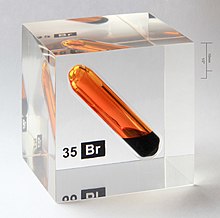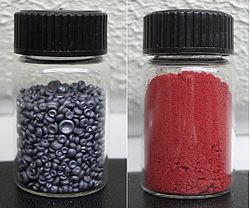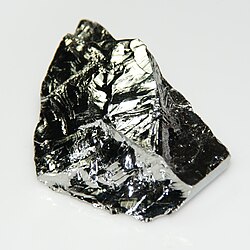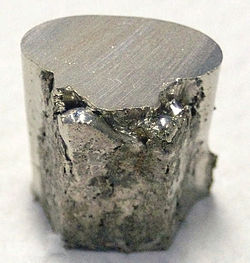Copper
The 29th element is a well known element - Copper. Another metal, most children will be able to tell you that 1, 2 and 5 cent Euro coins are Copper.
This metal is a pinkish brown colour. When polished it is shiny but it reacts with air to give a dull oxide. We also associate a green colour with Copper. If you wear a Copper bracelet your will get a green deposit on it. Some churches have copper decorating their roofs. This Copper started out life as a shiny metal but over time, reacting with the air and pollutants in the air it has become green.
This is a photo of the church in Rathmines on the south side of Dublin. The green roof is made from Copper.
Copper has 29 electrons. They fill up the orbitals as follows: 1S 2, 2S 2, 2P 6, 3S 2, 3P 6, 4S 1, 3D 10. This means that the 3D orbital is full as a D orbital can fit 10 electrons. This is the first element we come across to have a full D orbital.
Copper is a good conductor of heat and of electricity. It is used in wires for carrying electricity.
Copper is also used in many of our homes for the plumbing. The copper pipes carry the water around the house. Where we live the water is slightly acidic as it comes through granite to get to our well. I can see the effects of this in our bathroom and in our hair. THe slightly acidic water travelling through the Copper pipes reacts with and dissolves some of the Copper. I see this as a green deposit in our shower tray and basins. It also shows up in the hair of blond family members - wash your blond hair in this Copper containing water and after a while your hair will have a green hue. This is especially visible on sunny days when the sun shines on the hair. What is causing the hair to appear green? The Copper from the pipes chelates or bonds to the hair.
Can you melt Copper? The answer is yes, but not in the flame of a candle which just doesn't get hot enough. Copper melts at 1084 degrees centigrade.
Copper isn't magnetic but an interesting experiment to do is to test the 1, 2 and 5 cent Euro coins to see if they are magnetic. What did you find? Can you explain this?
Experiment of the Week
Take Copper from a coin and deposit it on a nail.
You will need:
small cup or beaker
salt
vinegar
about 10 copper coins - dirty ones are fine
kitchen roll
nail
What to do:
Half fill a small beaker with vinegar (use approx 20 - 30 mls)
Add a teaspoon of salt.
Put your coins into the salt vinegar mix and leave for about 30 minutes.
Remove the coins and leave to dry on a piece of kitchen roll. Do not discard the liquid as you will need it for the next part of the experiment.
Dip a nail into the salt vinegar mixture and leave for about 10 minutes.
Remove the nail and examine it carefully.
What has happened?
Return to the coins. What has happened to them?
Explain your observations.
Leave your comments below.



 to warn users to be especially careful with them, though it is recommended that chemists treat all chemicals as if they might be toxic to prevent any unwelcome surprises.
to warn users to be especially careful with them, though it is recommended that chemists treat all chemicals as if they might be toxic to prevent any unwelcome surprises.





